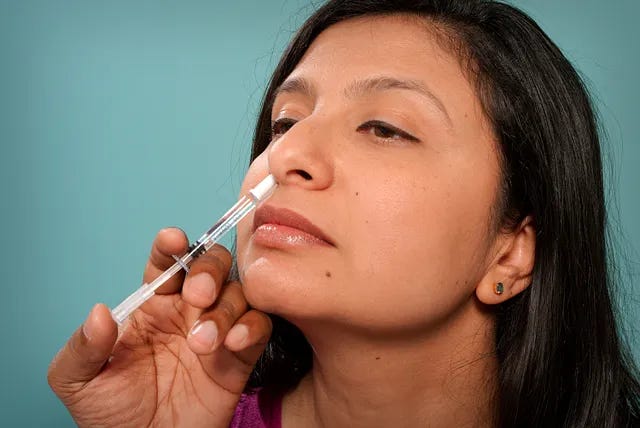We’ve all been there—staring down the barrel of the same old, ineffective treatment options, while depression grins mockingly in the corner. For too many, this grim reality defines their mental health journey, and no amount of standard SSRIs, therapy sessions, or mood-boosting apps seem to move the needle. Enter ketamine—yes, that ketamine—the one you’ve heard of from party circuits, now donning a white coat and stepping into the clinical spotlight as a revolutionary treatment for depression. Let’s talk about its game-changing potential, and why it's got mental health professionals buzzing.
The Elephant in the Room: What’s Treatment-Resistant Depression, Anyway?
First, let's set the stage. Depression is no one-size-fits-all disorder, but for treatment-resistant depression (TRD), the bar is even higher. TRD is basically the "boss level" of depression: when traditional antidepressants don't work (we’re talking after multiple attempts, not just one), and your mood is still trapped in the basement, that’s TRD.
We’re talking about a condition where typical treatments—SSRIs, SNRIs, mood stabilizers, etc.—all fail to provide substantial relief. For those stuck in this mental health Bermuda Triangle, the outlook can seem hopeless, which is exactly why ketamine nasal spray is such a monumental development.
What Is Ketamine and How Did It Get Here?
For the uninitiated, ketamine has been used in anaesthesia since the 1960s and became notorious as a club drug. But fast forward a few decades has become, and medical researchers have discovered its potent effects on the brain's glutamate system—essentially hitting the brain’s reset button. Ketamine offers rapid antidepressant effects, often working in hours rather than weeks, and that’s a big deal for people suffering from depression who feel like every day is a climb out of quicksand.
The FDA gave the green light for ketamine nasal spray (Spravato, if you want to get formal) in 2019, and since then, it’s been making waves in the mental health community. Unlike its intravenous sibling, the nasal spray is a lot more accessible and less invasive, making it an easier option for patients and clinicians alike.
How Does It Work? The Science Behind the Spray
Without diving too deep into neuroscience (you’re here to feel better, not to get a PhD), ketamine acts on NMDA receptors in the brain. This system is involved in learning and memory, but more importantly, it’s a key player in mood regulation. Ketamine essentially rewires how neurons in your brain communicate, and that’s a huge boon for folks who have hit a wall with traditional treatments.
Standard antidepressants usually work by increasing serotonin or dopamine, but ketamine's direct interaction with glutamate is a game-changer. It’s the difference between a slow-drip coffee and a triple espresso—you’ll feel it a lot quicker. Some patients report improvement in mood within hours of treatment. Compared to weeks or even months of waiting for conventional meds to work, that’s like switching from dial-up to fibre optics.
The Fast Track: Rapid Relief in a Nasal Spray
The real kicker here? Speed. Traditional antidepressants require time—a lot of it—to work. You spend weeks titrating doses, wondering if today’s the day you’ll feel something other than numb. Ketamine spray breaks through that unbearable wait time. Administered in a clinical setting (yep, it’s doctor-supervised for your safety), the effects often kick in within hours. It’s not just a sprinkle of relief; for some, it’s a tsunami of emotional clarity.
But before you picture this as some magical, instantaneous cure, let’s reel it in slightly. While it’s fast, it’s not for everyone. This treatment works best for those with treatment-resistant depression, and the nasal spray is typically used alongside other medications. It’s not a solo hero—it’s part of a team.
Is Ketamine the Future of Depression Treatment?
It’s tempting to crown ketamine as the new gold standard for depression treatment, but we’re not there yet. For one, ketamine treatment is still relatively expensive and not universally covered by insurance. Moreover, researchers are still studying the long-term effects, especially given ketamine’s notorious past as a recreational drug. For now, it's a powerful new tool in the psychiatric toolkit, offering hope where there was once despair.
But here's the question for you, dear reader: What if the answer to your treatment struggles was just a nasal spray away?













